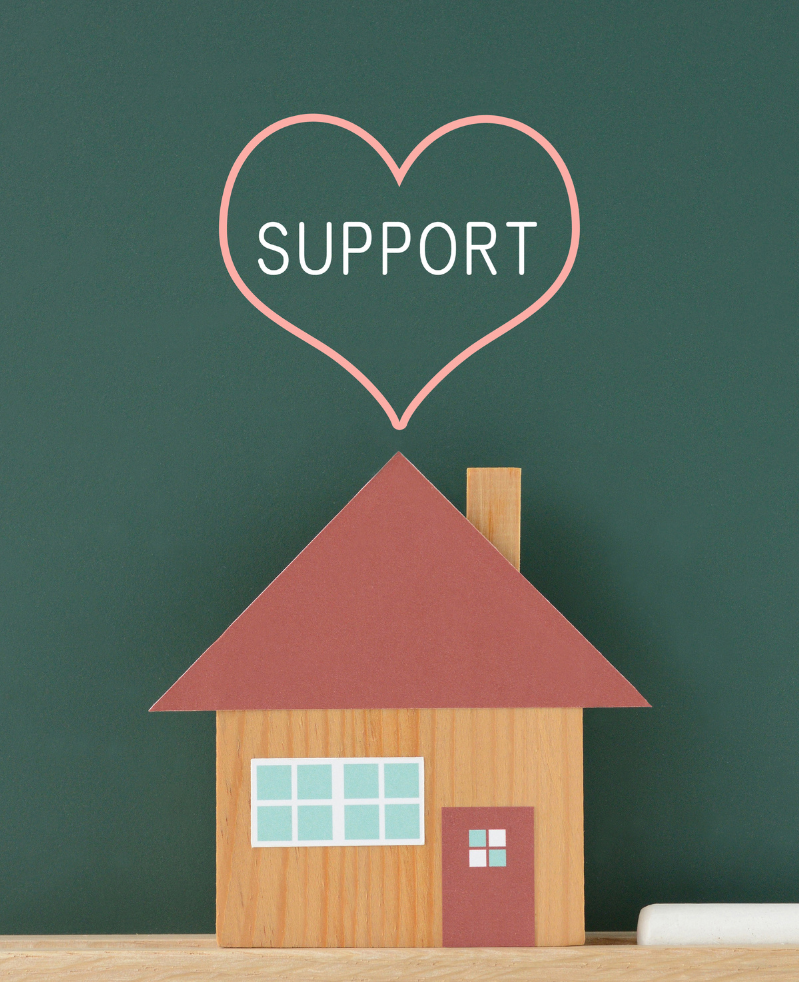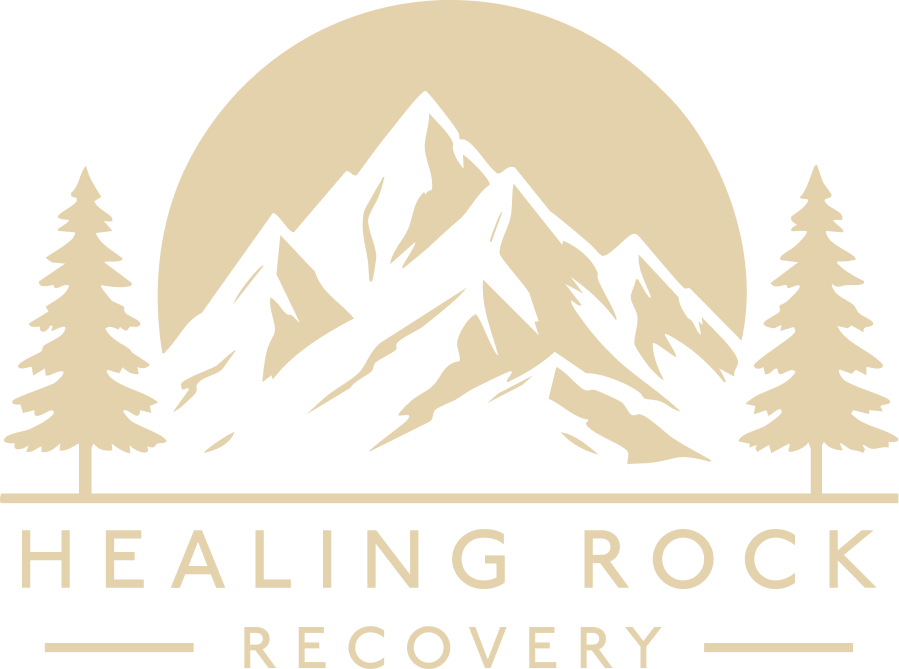Why Recovery Residences Matter in Early Recovery
A Safe Place to Grow While Healing
When someone takes the brave step to enter treatment for substance use or mental health challenges, the journey doesn’t end when the therapy session does. What happens after group ends, or on the nights and weekends between sessions, can be just as critical as what happens in treatment itself.
That’s where recovery residences come in.
A recovery residence, sometimes called sober living or supportive housing, is a structured, substance-free living environment designed for individuals in early recovery. When paired with clinical services like a Partial Hospitalization Program (PHP) or Intensive Outpatient Program (IOP), this kind of housing can make all the difference.

The Bridge Between Treatment and Independence
Early recovery can be one of the most vulnerable stages of healing. The cravings, emotional ups and downs, and lifestyle changes required can feel overwhelming, especially when returning to a living environment that doesn’t support sobriety.
Recovery residences offer a supportive bridge between clinical care and independent living. Residents are surrounded by others walking a similar path, and often have access to peer accountability, house rules, curfews, drug screening, and recovery-oriented routines that support long-term healing.
For individuals attending PHP or IOP programs, recovery housing becomes an extension of treatment. While clinical teams focus on therapy, medication management, and mental health stabilization, the recovery home offers consistency, structure, and daily support for real-life changes.
Benefits of Recovery Residences for PHP and IOP Clients
Stability During Vulnerable Times: A stable home environment is key in early recovery. Recovery residences eliminate chaos and reduce relapse triggers at home.
Peer Support & Accountability: Living with others who share similar goals fosters community, accountability, and empathy.
Improved Treatment Outcomes: Studies show that individuals who reside in supportive housing while attending PHP or IOP are more likely to complete treatment and sustain recovery.
Routine and Responsibility: Curfews, chores, and community meetings help residents rebuild healthy routines and practice self-discipline.
Recovery-Oriented Living: Being immersed in a substance-free culture helps normalize recovery-focused lifestyles, something not always possible in other living situations.
Who Should Consider a Recovery Residence?
Not everyone in treatment needs a recovery residence, but for many, it’s a wise choice. It may be right for you or your loved one if:
You’re transitioning out of inpatient detox or residential care
Your home environment includes triggers, substance use, or toxic dynamics
You need more accountability during PHP or IOP
You want to surround yourself with others committed to recovery
Healing Happens in Community
Healing Rock Recovery offers outpatient services, including PHP and IOP, for those navigating substance use and mental health challenges. While we focus on high-quality clinical care during the day, we know that what happens outside of therapy hours matters too.
That’s why we work closely with trusted recovery residences, and have a relationship with Healing Rock Homes in Billings, Montana to help you find the right living situation. We believe healing happens in community, and that a supportive living environment can be the key to long-term success.
Don’t Just Take Our Word for It: The Research Agrees
Medical experts and national organizations agree: recovery residences are more than just housing, they’re a clinically supported part of the recovery process.
The American Society of Addiction Medicine (ASAM) emphasizes the importance of safe, supportive living environments for individuals in early recovery, especially while participating in structured outpatient care like PHP or IOP. In fact, housing stability is listed as a core component of recovery in ASAM’s Continuum of Care model.

Likewise, the National Alliance for Recovery Residences (NARR) has established evidence-based standards for recovery housing that prioritize safety, peer support, accountability, and community connection. NARR-certified homes follow best practices proven to reduce relapse risk and improve long-term outcomes.
Multiple studies have shown that individuals who reside in recovery residences while attending outpatient treatment experience:
Higher rates of treatment completion
Lower rates of relapse
Improved mental health and social functioning
Greater employment and housing stability
Recovery residences aren’t just a preference—they’re a powerful evidence-based tool that supports the emotional, psychological, and behavioral changes needed for lasting sobriety.
Ready to Take the Next Step?
If you’re preparing to enter treatment and need a safe, supportive place to live, a recovery residence may be the right fit. Healing Rock Recovery works closely with Healing Rock Homes, a trusted partner offering structured, substance-free housing for individuals in early recovery.
Please note: Healing Rock Homes is a separate, related-party legal entity from Healing Rock Recovery. While we collaborate closely to support your wellness journey, applications for housing are processed independently. Other options for Sober Living in Billings, MT include Ignatia’s House, Better Life Recovery, and Renewal Recovery Residences operated by STEP.




